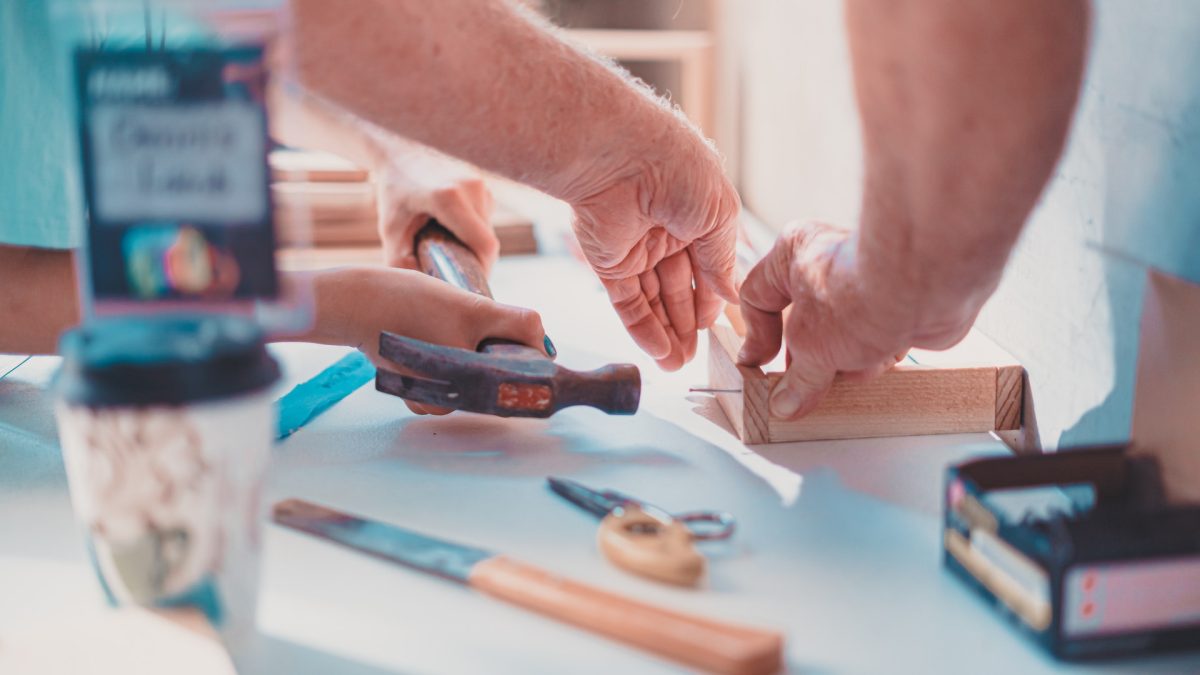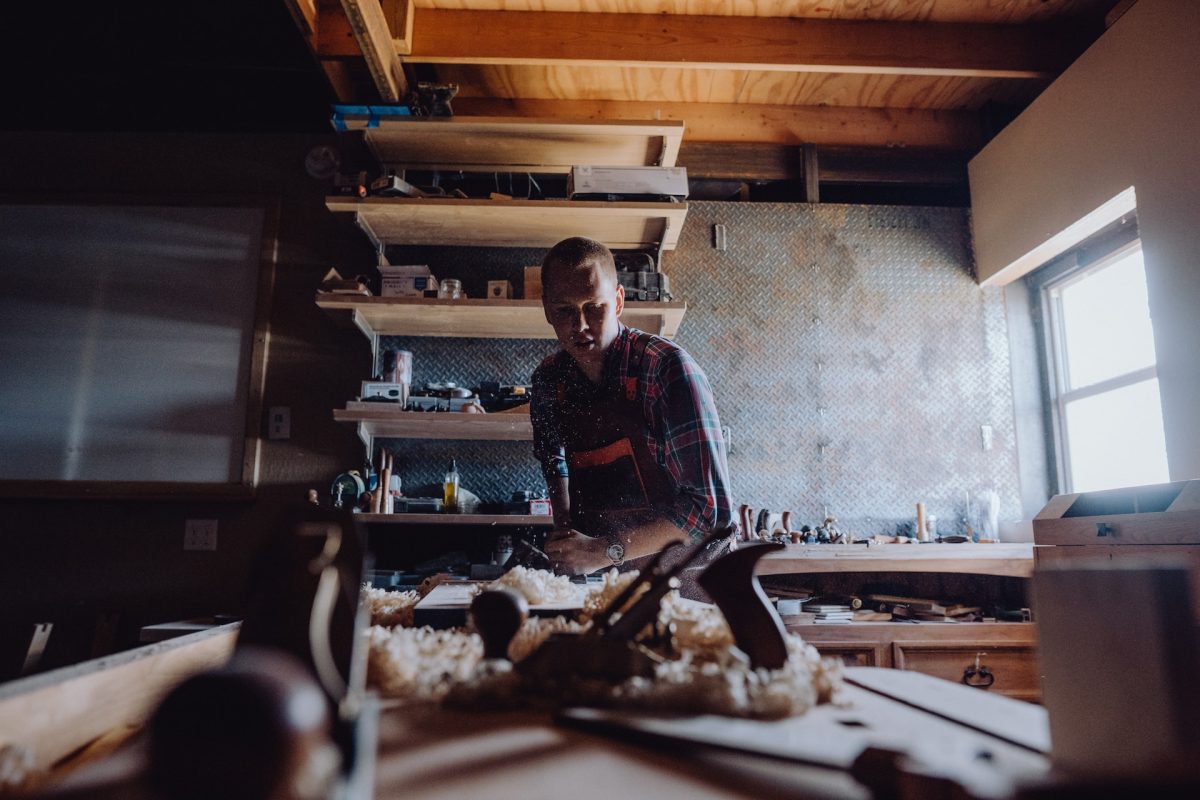If you’re a beginner looking to get into woodworking, you’ve come to the right place. Woodworking can be an incredibly fulfilling hobby, but it can also be daunting if you’re just starting out. That’s why we’ve put together this ultimate guide to woodworking for beginners. In this comprehensive guide, we’ll cover everything from the basic tools you’ll need to get started, to the different types of wood and their uses, to essential woodworking techniques that will help you create beautiful, functional pieces. Whether you’re interested in building furniture, carving, or just tinkering with wood, this guide will give you the knowledge and confidence you need to get started. So let’s dive in!

Table of Contents
Follow the Right Guides
When it comes to woodworking, there are many resources available to help you learn and improve your skills. From books and magazines to online tutorials and videos, the options can be overwhelming. For instance, woodworkmag.com has various proven guidelines and resources you can use to get started. However, it’s important to make sure you’re following the right guides. Look for reputable sources that offer clear, concise instructions and tips from experienced woodworkers.
Don’t be afraid to ask for recommendations from fellow hobbyists or professionals in the field. Following the wrong guides can not only lead to frustration and wasted time but also safety hazards. Always prioritize safety and accuracy in your woodworking projects by following trustworthy guides.
Choose the Right Tools
Once you’ve mastered the basics, it’s time to choose the right tools for your project. Depending on what your plans entail, different types of saws, clamps, and other equipment may be necessary. Start with the basic tools such as a hammer, drill, and saws. As you become more experienced, you can add on specialty tools such as routers, planers, and joiners.
Additionally, consider investing in a table saw for larger projects. If you plan on doing a lot of outdoor work, look into purchasing a chainsaw or gas-powered drill. Finally, make sure to have safety equipment such as eye protection and gloves to protect yourself while working. With the right set of tools and proper training, you can take on woodworking projects of any size.
Create a Simple Woodworking Setup
Creating a woodworking setup doesn’t have to be complicated or expensive. With just a few essential tools and a dedicated workspace, you can get started on your woodworking projects in no time. The first step is to choose a suitable space, such as a garage or a basement, where you can set up a workbench and store your tools.
Invest in basic tools such as a saw, drill, chisel, and measuring tools. You may also consider a dust collector to keep your workspace clean and safe. With a simple setup, you’ll be able to start honing your woodworking skills and creating beautiful pieces in no time.
Learn Essential Woodworking Techniques
To become proficient in woodworking, it’s important to learn and master essential techniques. These techniques include measuring and marking, cutting and shaping, joining and fastening, and finishing. Measuring and marking involve accurate measurements and layout marks to ensure precise cuts and joints. Cutting and shaping involves using tools like saws and chisels to shape the wood to the desired size and form.
Joining and fastening techniques include using nails, screws, glue, and dowels to connect pieces of wood. Finally, finishing techniques, such as sanding and staining, add a final touch to the project. For instance, you need to know how to fix heat stains on wood. By mastering these techniques, you’ll be able to create beautiful and functional pieces of furniture and décor.
Understand Lumber Dimensions and Species
Understanding lumber dimensions and species is crucial for any woodworking project. Lumber comes in various sizes, including thickness, width, and length, which can affect the final outcome of your project. Additionally, different wood species have different strengths, grain patterns, and textures, which can affect their suitability for specific projects.
It’s important to research and understand the characteristics of the wood species you plan to use, such as its hardness, durability, and stability. This will help you select the right wood for your project and ensure that it meets your desired level of quality and functionality.
Maintain Workplace Safety

Woodworking can be a rewarding and satisfying hobby, but it’s important to prioritize safety in your workspace. Always wear appropriate safety gear, such as safety glasses, ear protection, and a dust mask, to protect yourself from flying debris and harmful dust. Keep your workspace clean and free of clutter to avoid tripping hazards.
Ensure that your tools and equipment are in good working condition and follow all safety guidelines and instructions when using them. It’s also important to have a first-aid kit on hand in case of accidents. By prioritizing workplace safety, you’ll be able to enjoy your woodworking projects without putting yourself at risk.
Woodworking is a fascinating and fulfilling hobby that anyone can learn. By following the right guides, creating a simple woodworking setup, learning essential techniques, understanding lumber dimensions and species, and maintaining workplace safety, you can become proficient in woodworking and create beautiful and functional pieces of furniture and décor. Remember to take your time, enjoy the process, and prioritize safety in your workspace. With practice and patience, you’ll be able to create works of art that will last for years to come.
- About the Author
- Latest Posts
Whether she is researching the latest trends in home decor, life-changing destination getaways, or the best way to maintain your finances, Dewey takes pride in leaving no stone unturned. She is passionate about distilling and delivering high-quality information that you can use to upgrade your life.

